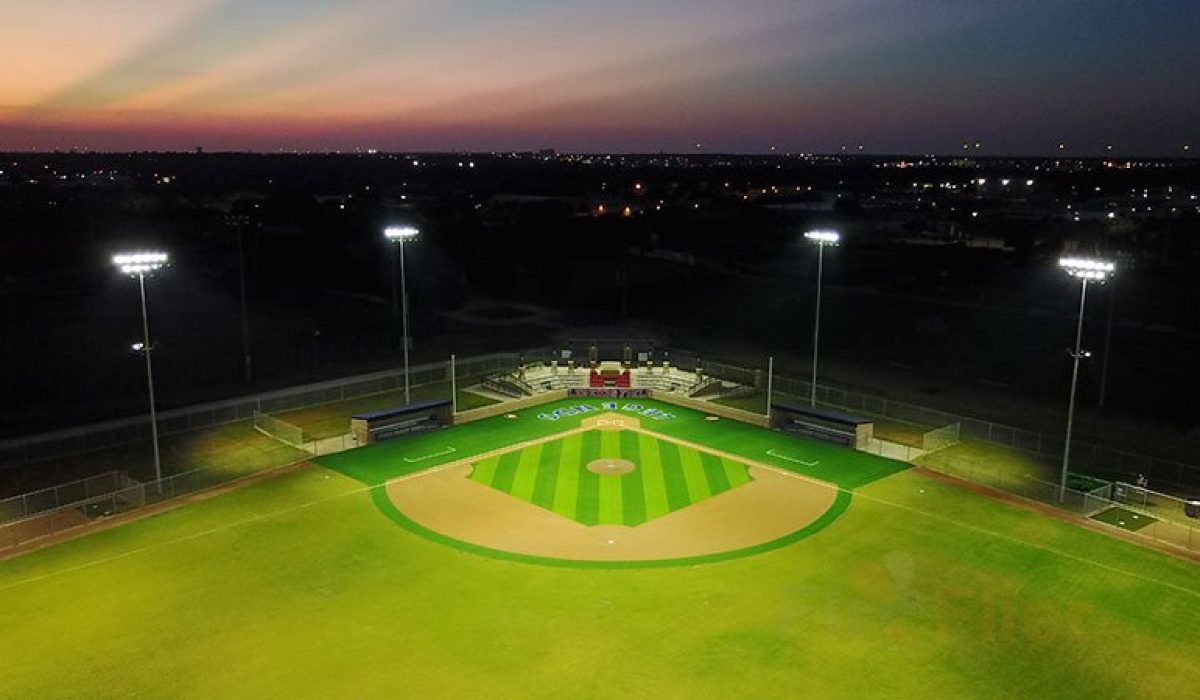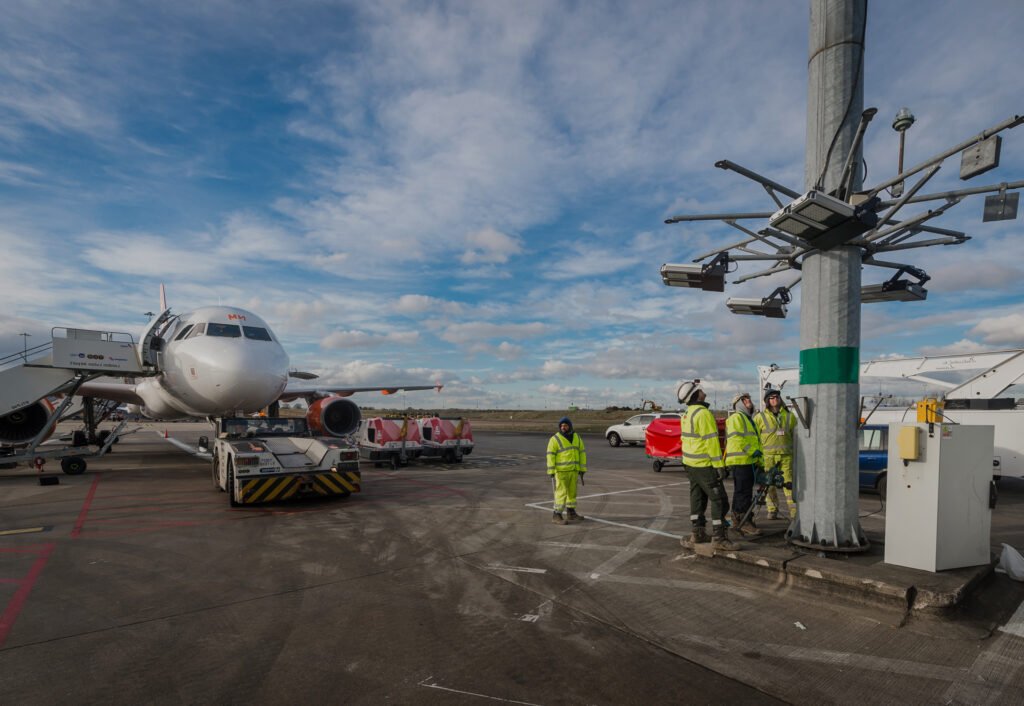I still remember my first warehouse lighting audit in Nairobi back in 2013 — everything looked perfect on paper: 500 lux average, good uniformity, all within spec. Six months later, the client called: “It’s too dark near the packing lines.” We checked. Lamps hadn’t failed — they’d just aged, collected dust, and lost almost 25% of their light. That’s when the Lighting Maintenance Factor (MF) stopped being a theory and became something painfully real.
What the Lighting Maintenance Factor Actually Means
The lighting maintenance factor (MF) is the ratio between the maintained illuminance and the initial illuminance, showing how much light remains after aging, dirt, and surface degradation over time.
Designing for 500 lux on day one is easy. Keeping it close to 500 after three years of forklift exhaust, oil mist, and poor cleaning is the real trick. MF tells you how optimistic or honest your design is.
Typical MF values I’ve seen:
- Clean office or hospital → around 0.9
- Warehouse or light industry → roughly 0.8
- Outdoor yards or dusty sites → 0.7 or lower
People often want MF = 1.0 — but that’s fantasy. You always lose some light. The question is how quickly, and how you plan for it.
Formula we usually start with:
MF = LLMF × LMF × LSF × RSMF
Breaking Down the Four Factors That Make Up MF
The four elements—LLMF, LMF, LSF, and RSMF—represent lumen decay, dirt accumulation, lamp survival, and reflectance loss, and together they define how fast brightness declines in real installations.
On drawings, they look neat and exact. In practice, they’re judgment calls backed by field experience more than lab data.
1. Lamp Lumen Maintenance Factor (LLMF)
LLMF measures how much brightness a lamp retains after thousands of hours of use; it depends on LED quality, operating temperature, and driver stability.
A solid LED keeps about 90% output after 50,000 hours (L90). A cheaper one can drop below 0.8 in half that time. Metal halides fade even faster.
I once compared two “identical” LED fixtures in a textile mill. Same driver, same rating — one row looked duller after 18 months. Testing showed 17% lower lumens. Since then, I never trust a spec sheet that doesn’t list temperature test points.
2. Luminaire Maintenance Factor (LMF)
LMF indicates how dirt, dust, and insect buildup reduce a luminaire’s light transmission between cleanings.
This one varies wildly by environment. In clean offices, 0.95 is realistic. In a cement plant? You’ll fight to stay at 0.65 unless you clean monthly.
We once opened floodlights in a depot that hadn’t been cleaned for years — the glass was brown, cutting 40% of output. No simulation predicted that.
Choose IP65+ luminaires for dusty or coastal sites. Pay a bit more now, or clean twice as often later. Your call.
3. Lamp Survival Factor (LSF)
LSF represents the percentage of lamps still working after a certain time — covering failures from drivers, wiring, or environment.
LEDs rarely “burn out,” but cheap drivers do. In one parking project, 12% failed in the first year due to heat inside sealed poles. Since then, I derate aggressively for confined spaces.
Typical real values:
- Quality LED fixtures: 0.95–0.98
- HID or fluorescent: 0.85–0.95
Whenever a supplier says “LSF = 1.0,” I smile and double the warranty clause.
4. Room Surface Maintenance Factor (RSMF)
RSMF measures the drop in reflected light as walls and ceilings darken with dust, smoke, or time.
Even in offices, paint yellows and dust dulls surfaces. In factories, especially with diesel forklifts, I’ve seen white walls turn gray within a year — reflectance down by 20%.
A repaint can do wonders. In one workshop, simply washing the ceiling raised measured lux by 15%. It’s the cheapest light upgrade you can buy.
Putting It All Together
The overall MF is the product of the four sub-factors, and it tells you how much initial light you must design to achieve the target lux after depreciation.
Let’s say:
LLMF = 0.9, LMF = 0.8, LSF = 0.95, RSMF = 0.9
MF = 0.9 × 0.8 × 0.95 × 0.9 = 0.62
If the required maintained illuminance is 500 lux, you’ll need roughly 800 lux at installation.
New designers always ask, “Why oversize?” Because dust and time don’t care about your spreadsheet.
How to Keep the Maintenance Factor Higher
Improving MF comes down to better product selection, planned cleaning, and environmental control.
Here’s what’s worked for me across Africa and the Gulf:
- Pick luminaires rated for your site, not for catalogs.
- Set a cleaning schedule — even once a year changes everything.
- Keep ventilation steady; humidity traps dirt faster than you think.
- Use premium LEDs and drivers; they hold lumen output longer.
- Train maintenance crews — rough cleaning can ruin optics.
- Track failures and lumen readings; patterns appear quickly.
When your MF slips below 0.75, don’t blame the product — check your maintenance log.
Why the Lighting Maintenance Factor Deserves More Respect
The lighting maintenance factor decides whether your design will still meet standards two years from now — it’s the difference between good engineering and wishful thinking.
Too many bids chase lower wattage and forget depreciation until customers complain. A realistic MF protects your reputation and ensures the space stays safe and comfortable.
Next time you open your Dialux or AGi32 project, don’t type 0.8 just because everyone does. Think about where those fittings live, who cleans them, and whether the walls will still be white in a year.
That single number — quiet, boring, invisible — may be the most honest part of your design.




